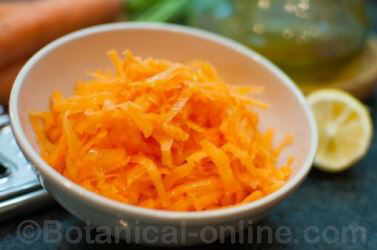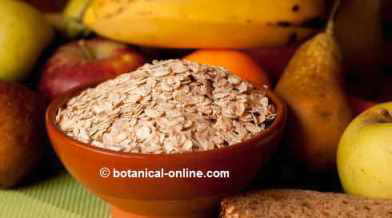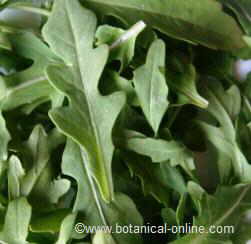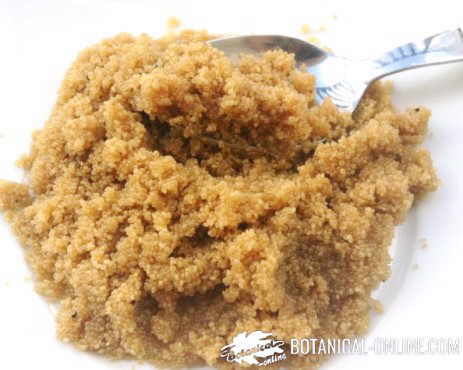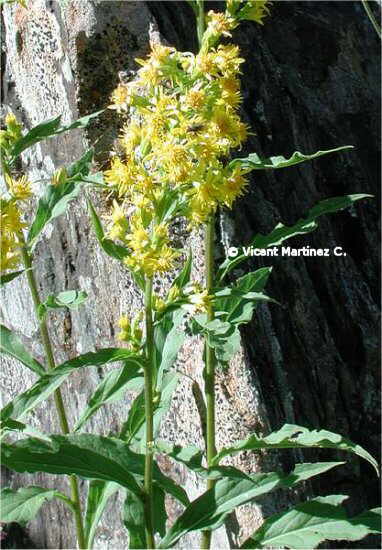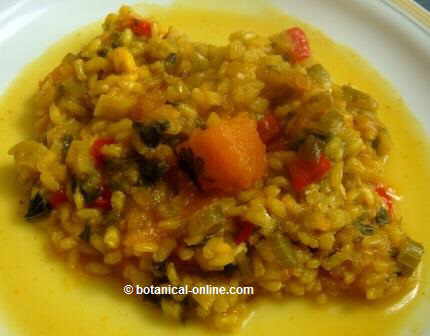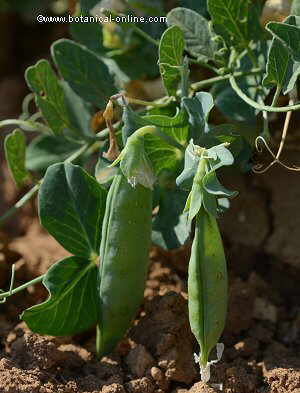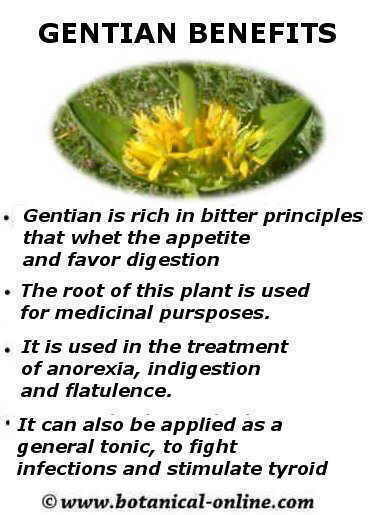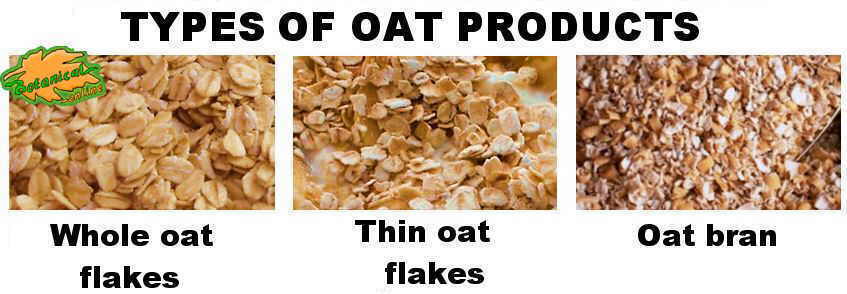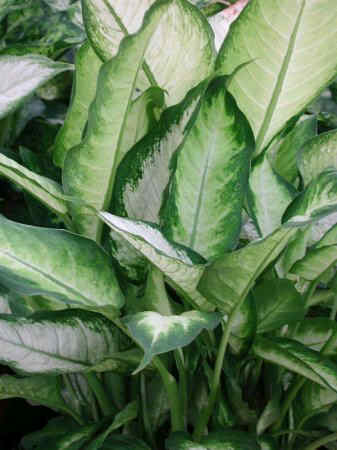Contents
- 1 What to eat for dermatitis
- 1.1 Why is diet so important for dermatitis?
- 1.2 Foods that have to be excluded in the diet for dermatitis
- 1.3 FOODS THAT MUST BE MONITORED IN THE DIET FOR DERMATITIS
- 1.4 Food allergens in dermatitis diet
- 1.5 How to test any food that is suspected of causing adverse reactions
- 1.6 RECOMMENDED FOOD FOR DERMATITIS DIET
- 1.7 Foods rich in vitamins for dermatitis
- 1.8 Foods rich in protein for dermatitis
What to eat for dermatitis
Why is diet so important for dermatitis?
In many cases of dermatitis, especially in atopic dermatitis or seborrheic dermatitis, food may be responsible for triggering or worsening this disease.
Knowing the proper diet for dermatitis will help us to choose those foods that are recommended and exclude foods that may be discouraged.
Foods that have to be excluded in the diet for dermatitis
Essentially, these are foods that usually worsen the symptoms of this disease. Foods to avoid are:
- Milk, including skim milk and milk products or milk derivatives (cheese, yogurt, custard)
- Eggs
FOODS THAT MUST BE MONITORED IN THE DIET FOR DERMATITIS
These are mainly the following types of food:
Food allergens in dermatitis diet
This group of foods to be avoided includes the food that has been traditionally associated with food allergies. It is important to control the reactions to these foods to discard them if these are negative.
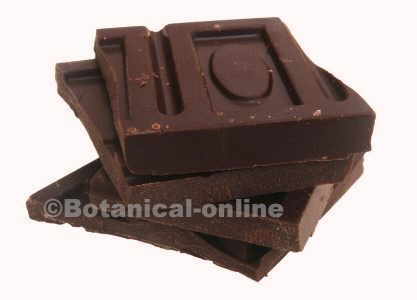 Chocolate is responsible for many cases of dermatitis
Chocolate is responsible for many cases of dermatitis
Among the main foods that can cause food allergy we can mention the following:
How to test any food that is suspected of causing adverse reactions
To find out what food is causing the allergy we can use the method of self-evaluation.
A simple way to do this is to leave the intake of some food if you suspect of it. If after a few days it disappears, you will have to reintroduce this food to see if it causes the allergy again.
Never eat the suspected food alone, but mixed with other foods.
Sometimes the foods that cause allergies are more difficult to detect because it appears with the combination of several items at once.
Keep in mind that if some food produces a food allergy, it will also occur the same with other foods within the same family. For example, if garlic happens to be responsible, so onion will probably be since they both belong to the same family, the lily family (See plant families)
The best option to verify what foods can be eaten and what foods cannot be eaten it is to go on a “Diet of exclusion of few foods” that must be controlled medically and usually lasts about six weeks.
This diet basically consists on discovering the suitable and unsuitable foods by gradually introducing new foods in your diet.
RECOMMENDED FOOD FOR DERMATITIS DIET
Among the most recommended foods for the diet of the person with dermatitis we have the following:
Foods rich in vitamins for dermatitis
Foods rich in vitamin A for dermatitis
 Carrot is very good to prevent dermatitis
Carrot is very good to prevent dermatitis
Vitamin A helps keep skin in good condition and can be useful in the treatment of diseases that affect patients: eczema, acne, psoriasis, dry skin, herpes, cuts, wounds, burns, etc. deficiency of this vitamin in the individual produces a dry, scaly skin or bad teeth.
Vitamin A appears in vegetable foods in the form of carotenes. Among very rich foods in this component we have the following: carrots, chard, spinach, watercress, borage, pumpkin, the tomato, the asparagus, dandelion, peppers, watermelon, melons, brussels sprouts , bananas, apples, plums, mango, beans..
Foods rich in vitamin E for dermatitis
Because of its antioxidant properties, vitamin E can help to improve the state of the skin or prevent the appearance of anomalies. The richest vitamin E foods are fats.
On the other hand, it is been suspected that little fat ingestion could trigger dermatitis, reason why the ingestion of vegetable fats as the olive oil is very interesting.
Foods rich in vitamin C for dermatitis
Vitamin C is a powerful antioxidant that helps to prevent or to improve the diseases of the skin like psoriasis, eczema, etc.
The majority of fruits and vegetables are very rich in vitamin C.
Foods rich in vitamin B for dermatitis
 Oats are very rich in vitamin B, whose deficiency can cause dermatitis
Oats are very rich in vitamin B, whose deficiency can cause dermatitis
Vitamin B deficiencies can cause dermatitis. In this sense, it has been verified that foods high in vitamin B, especially biotin, help to improve this disease.
The chemical analyses of the affected patients of seborrheic dermatitis show that, in many cases, they showed vitamin B deficiency.
Among the richest foods in this vitamin we have whole grain cereals (rice, wheat, oats, etc), legumes (soy, peas, dry beans, lentils or kidney beans, etc,) or nuts. Since some of these foods could be counter-productive, it will be necessary to watch the possible individual reactions to discard them if necessary.
Foods rich in protein for dermatitis
Some specialists relate the onset of the disease with a low protein intake.
Dried fruits are a vegetable source of protein.
Avoid sprouted legumes and some vegetables such as soybeans, which can produce allergies, so we will have to assess each food personally to check how we react to them.
Something similar can be said of some nuts, such as peanuts or nuts, which are responsible for many adverse reactions.
For non-vegetarians, rabbit, turkey or lamb meats are recommended as the best sources of non-allergen animal protein.
Note: Many dietitians recommend to drink a daily glass of vegetable juice, combining rich vitamin plants and purifying components like beets, carrot, parsley, apple, cucumber, grape, spinach, lettuce or celery.
* Related information:
– Purifying food for dermatitis
![]() More information on dermatitis and the types of dermatitis.
More information on dermatitis and the types of dermatitis.

